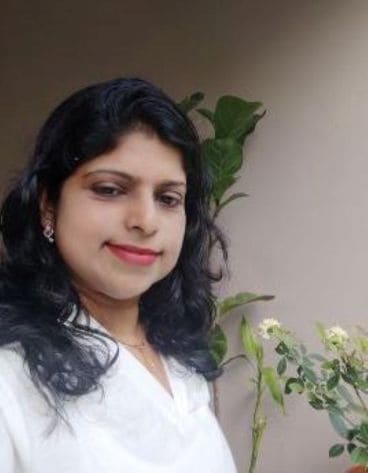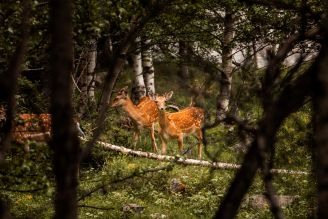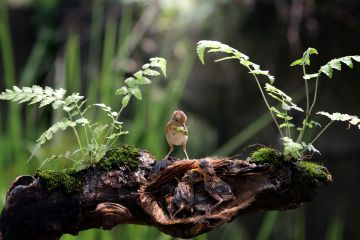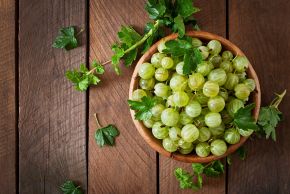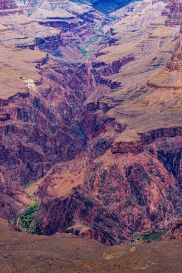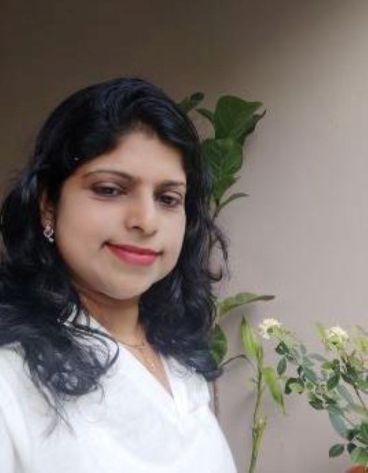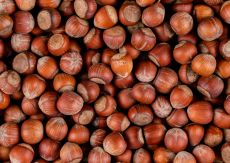
Fossils are the windows to the evolutionary history of Earth and its organisms. They provide valuable information about the geological and evolutionary history of Earth.
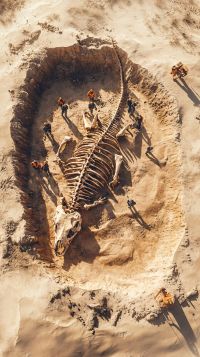
Fossils are the are the remains of ancient organisms or the traces of activity of such organisms. They are preserved remains or traces of ancient life.
Paleontogy is the branch of science dealing with study of fossils. More precisely paleontologists explore the evolutionary pathways, past geological environment, climate, tectonic movements etc. through the study of fossils received from various geographical regions of the world.
Fossil studies have vital role in portraying the history and geology of various countries and continents. There are different types of fossils and they help reconstruct “the tree of life”. The remains of ancient life or fossils include bones, shells, footprints, burrows and impressions which help to decipher the evolutionary, geological, cultural history of the earth.
Geological History is unravelled through the study of fossils as they date rock layers or strata and correlate geological time across different regions.
Fossilized dung and footprints also throw light into the ancient history of different regions and the animals lived there. It throws light also into archaeological studies unravelling the civilizational history spanning over continents and time.
Fossils are indicators of the climate prevailed in the historic times. They also provide vital information about plate tectonics and evolutionary history of continents, mountains, ocean basins etc.
Types of Fossils
There are different types of fossils and each type of fossils have particular significance in paleontological, geological &archaeological studies. The chief fossil types include:
- Body Fossils: These include preserved parts such as bones, shells, wood or imprints of organisms.
- Trace Fossils: these types of fossils are evidence of activity particularly of animals such as tracks, burrows, nests, coprolites. Trace fossils provide evidences for the organism’s presence in a particular chronological period of history. The trace fossils include footprints, burrows, dungs etc.
- Molecular Fossils: These are preserved organic molecules, providing hints about ancient biochemistry.
Fossilization- How do fossils form?
Fossilization is a complex process of fossil formation happening spontaneously overtime. It requires rapid burial in sediment (like mud or ash) to prevent decaying. Fossilization of hard parts (bones, shells) is the most common type.
Fossils undergo a variety of different fossilization processes, depending on the characteristics of the particular organism. There are various levels of fossil preservation, each containing its own clues pertaining to the organism.
Fossilization processes include:
- Permineralization: Minerals fill pores, turning organic matter to rock.
- Compression: Organic matter is squeezed into a
carbon film.
- Impressions: the two-dimensional imprint most commonly found in silt or clay, without organic material present.
- Compactions: preservation of organic material with slight volume reduction.
- Molecular fossils: deals with chemical data, preserving organic material, but providing no information concerning the structure of the organism.
- Freezing: ideal fossils that are rare, everything up to internal organs are preserved in cold storage.
- Amber: biological specimen that is encased in the hardened resin of a tree, in which the entire body may be preserved.
- Drying & Desiccation: fossils that have been thoroughly dried.
- Wax & Asphalt: almost as good as freezing, but with the usage of natural paraffin.
- Coprolites & Gastroliths: these categories deal with the indigestable remnants of meals.
- Trace fossils: typically formed when an organism moves over the surface of soft sediment and leaves an impression of its movement behind.
- Molds & Casts: An impression is left, then filled.
Conditions that facilitate fossilization
Fossilization is a complex process and certain conditions are crucial for fossilization. The most common types of fossils are those which are having hard parts such as bones& Shell and had a rapid burial after death of the organism.
Besides being tough and hard, the organism must come to rest in a place where it can be buried before it decays or disintegrates. If the organism is not buried deeply and quickly, aerobic bacteria will reduce it to rubble. Water, given enough time, can also dissolve it. For this reason, fossils of some organisms are rarer than others.
The skeletons that containing a high percentage of mineral matter are most readily preserved. The soft tissue that is not close to skeletal parts is less likely to be preserved.
Other conditions that lead to fossilization include resting an environment that was biologically inert, areas that are receiving a large, steady supply of sediment (deltas of major rivers), and parts of the earth below sea level compared to those above the sea level.
The ideal place to become a fossil is at the bottom of a quiet sea or lake where the prospective fossil is least likely to be damaged. Moreover, it can be covered rapidly with sediment.
Clay provides ideal conditions for fossilization as the sediment protects the tissues and helps to exclude predators and solvent water.
How do fossils unravel the past?
- Origin of life -evolutionary history through fossil study
Fossils provides snapshots of the past which when gathered together yields the whole picture of evolutionary change over the past 3.5 billion years although there could be some missing links.
Life originated in the marine environment or sea. The earliest evidence of life on earth is of marine animals, during the Precambrian era. The oldest known Precambrian rocks, found in Africa and Australia [ more than three billion years old]and the fossils found among them are of the oldest known organisms on earth.
The fossils on ancient rocks are of Eobacterium and other water environment fossils. Bacteria e are the first recognizable organized form of life. However, it is a curious fact that scientists have found well defined remains of algae and bacteria from around two billion years ago.
Commonly fossils are found in sedimentary rock. These types of rocks have significance in the evolutionary history as well as in geological history. Sedimentary layers act as evidence of the changing climate or movement of the continents during the passage of time.
Fossils that are preserved in amber give amount of information about the anatomy of that organism. Insects that have been trapped and preserved perfectly in amber (fossilised tree resin). Here organism is usually preserved intact without any disintegration of organs, muscles, and coloring. Even bones may tell a great deal about the soft anatomy.
Some parts of a few fossils can also give an account of growth, injury, disease, form, function, activities, and instincts.
Fossils record the successive evolutionary diversification of living things, the successive colonization of habitats, and the development of increasingly complex organic communities.
Fossils can chronicle about the environment and the climatic conditions under which the organisms lived.
- Fossils as geological time markers
In geological science fossils act as time markers. They throw light into the age and sequence of rock layers (strata) and the evolution of life, with specific fossils appearing and disappearing at certain periods, marking major boundaries like eras and periods.
Fossils help geo-scientists to correlate rock ages and understand Earth’s history.
Fossil study shows the time when species evolve and become extinct. Fossils of some plants and animals are confined to known, specific periods of geological time. Thus, fossils give us a useful insight into the history of life on Earth. The evolution of human beings and other life forms, the change in environment through geological time are unravelled by fossils.
They also give an account of tectonic plate movements happened in the past and evidence for collisions or continental drifts that separated continents. Fossil study of various geographical regions helps to find out the similarities in species and evolution of new species happening overtime, as a result of isolation of continents by tectonic activity.
Fossils provide important evidence for evolution and the adaptation of plants and animals to their environments.
Fossils can also be used to date rocks and throw lights into geological history. Different kinds of fossils occur in rocks of different ages and they are evidences of evolutionary as well as geological change overtime.
Fossils buttress the study of environmental degradation by providing a baseline of past, pristine environmental conditions and by offering a continuous record of how ecosystems responded to both natural and human-induced changes over time.
In a nut shell fossils are windows to the past which opens into the vast expanse of buried scientific facts which trigger explorations in different fields of science and technology to know the unknown or more precisely the mysteries of the Earth.
written by dr sanjana p souparnika
Reference for further reading
- https://www.bgs.ac.uk/discovering-geology/fossils-and-geological-time/fossils/
- https://ucmp.berkeley.edu/ucmp_oldsite_nonwpfiles/paleo/fossils/


